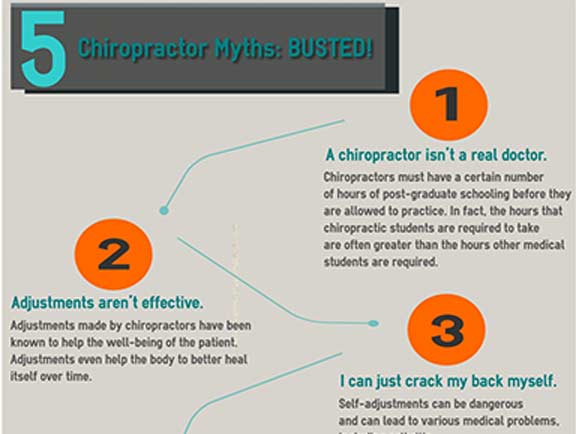Would You Like To Get More Information Concerning The Approaches Whereby Cold Laser Therapy Relieves Chronic Pain?
Would You Like To Get More Information Concerning The Approaches Whereby Cold Laser Therapy Relieves Chronic Pain?
Blog Article
Content By-copyright Rooney
You may have become aware of cold laser therapy as a potential solution for chronic pain alleviation, yet how exactly does it work? The idea of using low-level laser light to relieve persistent discomfort might sound interesting, but does it genuinely provide on its promises? Let's explore the scientific research behind cold laser treatment and whether it could be the trick to handling your chronic discomfort properly.
Understanding Cold Laser Therapy
To recognize cold laser therapy, you need to understand the fundamental principles of how this non-invasive therapy technique works. Cold laser therapy, additionally called low-level laser therapy (LLLT), includes making use of low-intensity laser light to boost recovery at the cellular degree. cold laser therapy smoking of treatment is commonly utilized to reduce inflammation, reduce pain, and promote cells repair in numerous conditions.
During a cold laser treatment session, a qualified health care specialist will apply the laser gadget directly to the skin in the damaged area. The light energy sent out by the laser permeates the skin and is soaked up by the cells, where it's exchanged biochemical energy. This energy helps to stimulate cellular processes, rise blood circulation, and minimize inflammation, causing discomfort relief and sped up healing.
Cold laser treatment is a risk-free and painless therapy option that can be used alone or in combination with various other treatments to take care of chronic discomfort effectively.
Mechanism of Discomfort Alleviation
Understanding the device of pain relief in cold laser therapy involves grasping just how low-intensity laser light interacts with cellular procedures to ease discomfort. When the cold laser is applied to the skin, it penetrates the tissue and is absorbed by the mitochondria within the cells. This absorption activates a collection of responses that cause increased production of adenosine triphosphate (ATP), the power currency of the cell.
The increased ATP production improves mobile feature, including faster tissue repair work and decreased swelling.
Furthermore, the laser light boosts the release of endorphins, which are the body's all-natural painkillers. These endorphins aid to obstruct pain signals and improve the sensation of well-being.
Additionally, cold laser therapy promotes vasodilation, enhancing blood flow to the affected area. This improved blood circulation brings much more oxygen and nutrients to the cells, assisting in the recovering process and reducing discomfort.
Efficiency in Chronic Pain Administration
Cold laser treatment demonstrates substantial efficiency in handling chronic pain by targeting underlying cellular processes and promoting all-natural pain alleviation systems. By directing low-level laser light at afflicted locations, this non-invasive therapy can boost the manufacturing of endorphins, which are the body's natural pain relievers. This procedure helps in reducing swelling and enhance blood circulation, helping in the reduction of chronic discomfort symptoms.
Studies have actually revealed that cold laser therapy is especially reliable in dealing with conditions such as arthritis, fibromyalgia, and neuropathy. The targeted light energy passes through deep right into the tissues, enhancing cellular function and speeding up the healing procedure. This results in reduced discomfort levels and boosted range of activity for people dealing with chronic pain.
Additionally, cold laser treatment supplies a safe and drug-free option for persistent discomfort management, minimizing the threat of damaging negative effects typically associated with drugs. recommended to offer long-lasting alleviation makes it a useful choice for those seeking sustainable pain monitoring solutions.
Verdict
To conclude, cold laser therapy supplies an appealing service for persistent pain alleviation by targeting cellular procedures to reduce inflammation, stimulate endorphin release, and improve blood circulation.
This non-invasive and drug-free method provides long-lasting alleviation without the negative effects of typical discomfort drugs.
Consider checking out cold laser treatment as a secure and reliable choice for managing persistent pain problems such as arthritis, fibromyalgia, and neuropathy.
